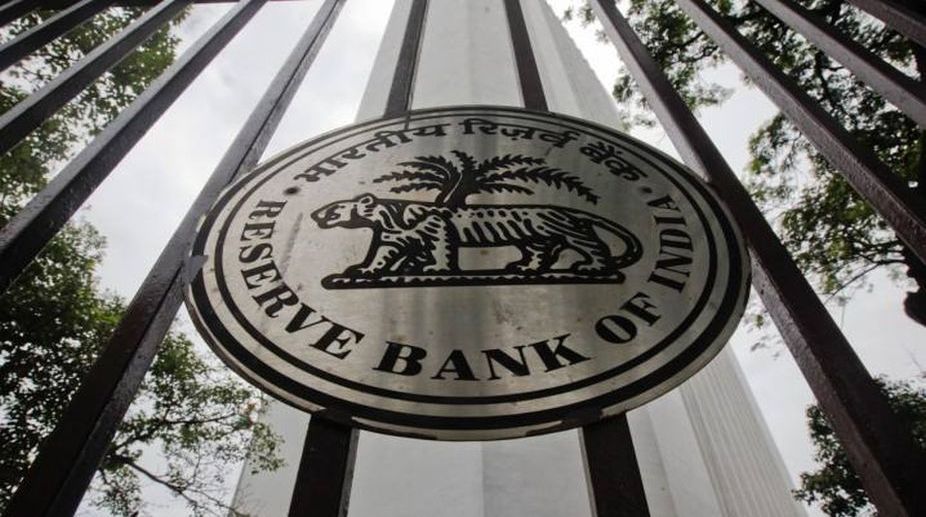With the annual retail inflation rate breaching the five per cent mark in December and going over the RBI’s median level of four per cent, the central bank is widely expected of keep its key interest rate on hold for the fourth time in succession at its final bi-monthly monetary policy review of 2017-18 slated for Wednesday.
On the other hand, there are even concerns among sections of the industry that the RBI could opt for a rate hike given the inflationary push of Budget 2018-19 last week with Finance Minister Arun Jaitley proposing higher minimum support prices for farmers in the next fiscal in the last full budget by the government before the general elections early in 2019.
Advertisement
“The RBI should not over-react to the high yield pressures of the bond market, along with the government promising a substantial revision in the Minimum Support Price (MSP) for farmers, and refrain from going in for any hike in the benchmark policy lending rates when the Monetary Policy Committee meets on February 7,” industry chamber Assocham said in a statement.
Presenting the Union Budget, Jaitley on February 1, announced that the MSP for notified kharif crops will be 1.5 times the input cost, and also stepped up total budgetary allocation for the sector for next fiscal by about five per cent.
At the fiscal’s penultimate policy review in December 2017, the RBI maintained the status quo on its key lending rate for the third time in succession at six per cent, citing concerns on the rising trajectory of inflation.
The Reserve Bank Of India also raised the inflation forecast for the remainder of the current fiscal to 4.3-4.7 per cent.
The continuing rise in food and fuel prices pushed India’s annual retail inflation rate over the five per cent mark in December 2017, to 5.21 per cent, from 4.88 per cent in November 2017.
Credit ratings agency Crisil said in a note that the low-base effect causing the acceleration in retail inflation from July to November 2017, faded away in December.
“Yet, CPI (consumer price index) inflation printed at a 17-month high, driven by higher inflation in housing, food (especially vegetables) and personal care and effects – factors that still warrant caution on the part of the RBI,” it said.
“Accordingly, we also expect the Monetary Policy Committee (MPC) to keep policy rates on hold for the remainder of this fiscal,” it added.
According to Vinod Nair, Lead of Research, Geojit Financial Services, higher-than-expected fiscal deficit target for fiscal 2019 of 3.3 per cent, rising inflation and yield may push RBI to be more “hawkish” on interest rates in the upcoming monetary policy review.
According to A. Prasanna Economist at ICICI Securities, “the probability of rate hikes in the next fiscal year has gone up materially”.
Kotak Institutional Equities Senior Economist Suvodeep Rakshit said: “The RBI will be cautious on risks of revenue slippages, increase in food subsidy (possibly through higher MSP) and overall expenditure quality, and possible fiscal slippages.”
“Further, higher crude prices and global macro conditions will weigh on the RBI. We expect the RBI to remain on a pause mode. However, the tone will likely be more hawkish with the probability of rate hikes in FY2019 increasing,” he added.
In the budget, Jaitley also made a significant announcement of fiscal slippage with implications for pushing inflation, revising upwards the government’s fiscal deficit target for 2017-18 to 3.5 per cent of the GDP, or the equivalent of Rs 5.95 lakh crore.
The higher target came in place of the 3.2 per cent – or Rs 5.46 lakh crore – for the current fiscal announced earlier.
While holding its repo, or the short term lending rate for commercial banks, in December 2017, the RBI said: “The decision of the MPC is consistent with a neutral stance of monetary policy in consonance with the objective of achieving the medium-term target for consumer price index (CPI) inflation of four per cent while supporting growth.”
From the government’s perspective, sounding a clear note of caution on rising crude oil prices pushing inflation, Chief Economic Advisor (CEA) Arvind Subramanian has toned down his earlier vocal expectation of a RBI rate cut.
In an interview with a news channel following the release of the Economic Survey 2017-18 authored by him, Subramanian said that with retail inflation edging past the RBI’s median target of four per cent, the “cycle has turned”.











